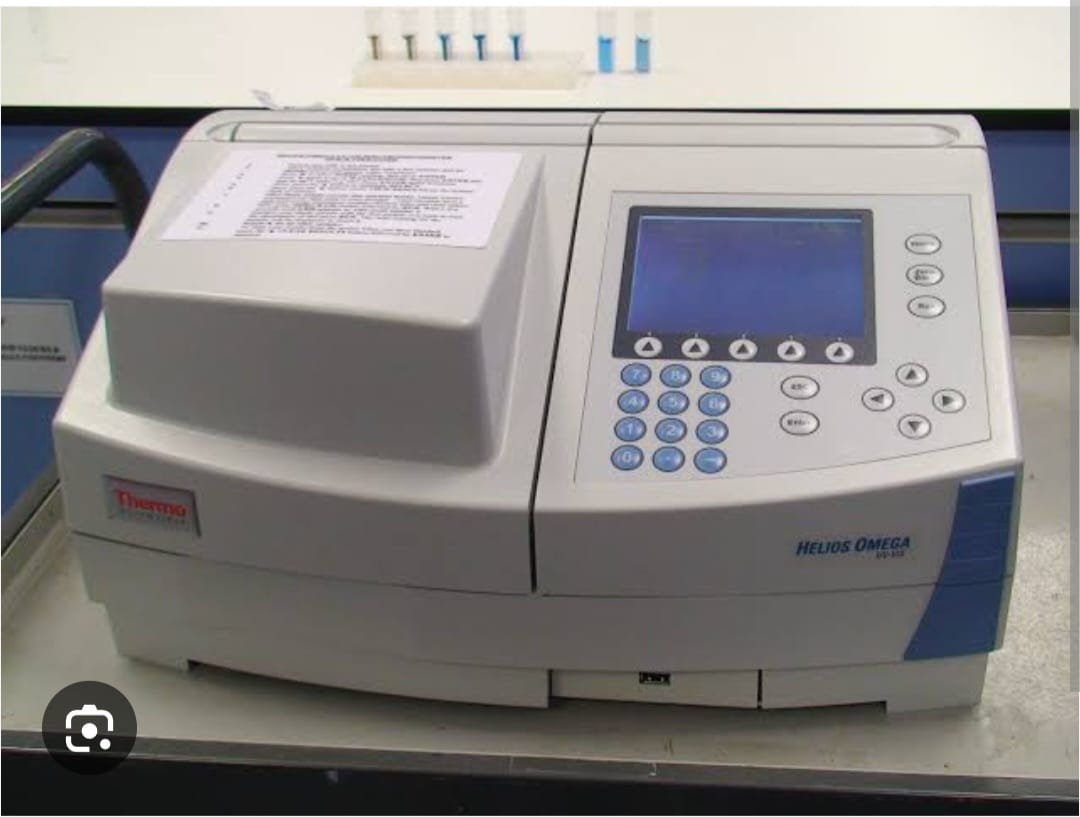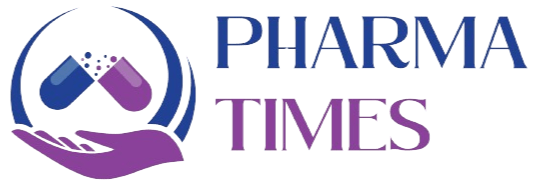Top 10 Interview questions about SOR spectroscopy.

1. What is SOR spectroscopy, and how does it differ from traditional optical rotation methods?
SOR (Stress-Optic Rotation) spectroscopy measures changes in the optical rotation of polarized light as it passes through a material under mechanical stress. Unlike traditional optical rotation, which detects optical activity due to molecular chirality, SOR captures stress-induced birefringence, making it useful for analyzing stress distributions in materials.
2. How is stress induced and measured in a sample during SOR spectroscopy?
Stress is typically induced mechanically, such as by stretching, compressing, or applying pressure to a sample. The resulting optical changes (birefringence or rotation of polarization) are measured using polarized light and detectors like photodiodes or cameras, often with the help of polarizers and analyzers.
3. What are the key parameters that influence the optical rotation under stress?
Key parameters include:
- Magnitude and type of stress (tensile, compressive)
- Material properties (stress-optic coefficient)
- Wavelength of light used
- Sample thickness
- Temperature and environmental conditions
4. Explain the principle of photoelasticity and its relationship with SOR.
Photoelasticity is a method that uses stress-induced birefringence to visualize internal stress in transparent materials. It’s directly related to SOR, as both rely on the change in optical properties due to mechanical stress, but SOR focuses more on quantitative spectral analysis across different wavelengths.
5. In what types of materials is SOR spectroscopy most commonly used, and why?
SOR is commonly used in:
- Polymers and plastics (which are highly birefringent under stress)
- Biological tissues (like tendons or corneas)
- Transparent glasses and films
These materials exhibit measurable stress-induced optical effects and are often subject to mechanical forces in practical applications.
6. What instrumentation is typically required for an SOR spectroscopy experiment?
Common components include:
- Polarized light source (e.g., laser or white light)
- Polarizers and analyzers
- Stress application setup (e.g., tensile stage or press)
- Spectrometer or photodetector
- Camera or imaging system (for spatial mapping)
- Temperature control unit (optional)
7. Describe a real-world application of SOR spectroscopy in material science or biomedical research.
In biomedical research, SOR is used to study the mechanical behavior of collagen-rich tissues, such as corneas or arterial walls, by mapping stress distribution and detecting early signs of disease. In materials science, it’s used to optimize stress distribution in plastic components for durability.
8. How does temperature affect the results in SOR spectroscopy?
Temperature can:
- Alter material stiffness and stress-optic coefficients
- Cause thermal expansion, leading to stress changes
- Affect optical properties like refractive index
Hence, temperature needs to be controlled or accounted for in analysis.
9. Can SOR spectroscopy be used to study anisotropic materials? If so, how?
Yes, SOR can analyze anisotropic materials because it can detect directional differences in birefringence. By varying the orientation of the sample and polarization of light, one can map stress directions and magnitudes in different axes.
10. What are the limitations or challenges in interpreting SOR spectroscopy data?
Challenges include:
- Complex stress patterns leading to ambiguous results
- Material inhomogeneity
- Environmental sensitivity (like temperature or humidity)
- Calibration requirements for accurate quantitative analysis
- Difficulty in distinguishing stress from inherent birefringence
🎓 Discover one of the best Quality assurance courses available — click below to explore the course that’s shaping future QA skills.

